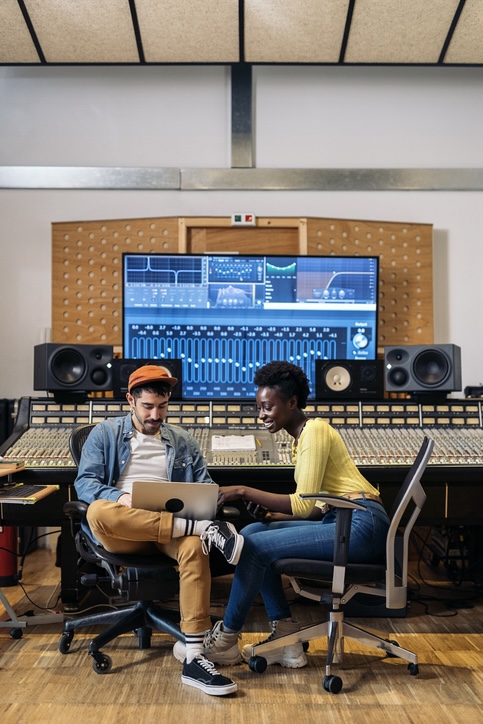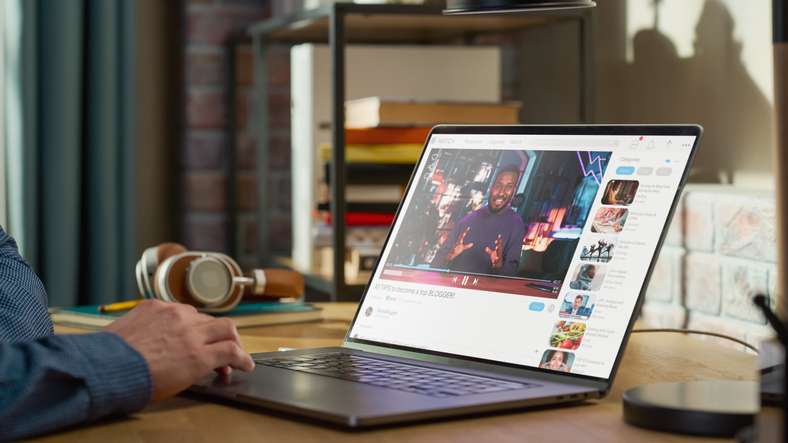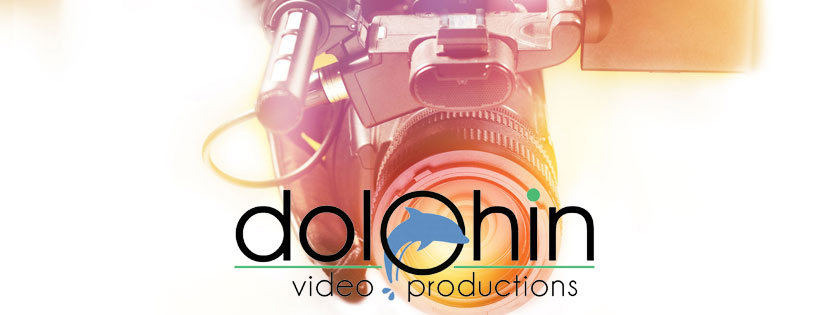You’ve just finished the script for your next video, and it’s a solid. The dialogue is sharp, the narrative is compelling, and the message is clear. But a script is just the beginning. The most impactful videos aren’t just a sequence of words—they are a carefully crafted visual experience. This is where storyboarding, the often-overlooked art of visual pre-production, comes in. Think of a storyboard as the blueprint for your video, a series of illustrated panels that transform your script into a dynamic, shot-by-shot guide.
Storyboarding forces you to think visually, to see your video before a single frame is shot. It’s a crucial step that can save you time, money, and creative headaches down the line. To turn your script into a visual masterpiece, here are the top five keys to effective storyboarding.


1. Break Down Your Script, Shot by Shot
The first and most fundamental step is to dissect your script into individual visual moments. Don’t think in terms of pages or paragraphs; think in terms of shots. Read through your script and identify every key action, dialogue exchange, or emotional beat that needs to be represented on screen. For a simple conversation, you might plan a series of alternating shots between two speakers. For a complex action sequence, you might break it down into dozens of panels, each one showing a different angle or a specific movement. This process ensures you don’t miss any crucial details and that every line of dialogue or narrative point has a visual counterpart. By doing this, you’re not just illustrating the story; you’re determining the visual language that will be used to tell it.
2. Map Out the Narrative with Visual Cues
Once you have your shots broken down, the real magic begins. For each panel in your storyboard, you need to decide on the specifics of the visual. What type of shot will you use? A wide shot can establish a scene’s location and mood, while a close-up can highlight a character’s emotion or a product’s intricate details. Will the camera be high, looking down on the subject (a high-angle shot), or low, looking up (a low-angle shot)? The choice of camera angle and composition is a powerful storytelling tool. A low-angle shot, for instance, can make a character seem powerful or intimidating, while a high-angle shot can make them appear vulnerable. Storyboarding is your chance to experiment with these choices on paper before you get on set, allowing you to discover the most impactful way to convey your message.


3. Plan for Pacing and Transitions
A great video has a rhythm, a pace that draws the viewer in and keeps them engaged. The sequence and duration of your shots determine this rhythm, and storyboarding is where you plan it out. A series of quick, consecutive panels can create a sense of urgency or fast-paced action. In contrast, a few panels that represent a single, long-held shot can build tension or create a serene, contemplative mood.
4. Add Essential Production Notes
A storyboard is more than just pictures; it’s a guide for your entire production crew. In addition to the drawings, each panel should include detailed notes. These notes are critical for communicating your vision. They should include information about dialogue and sound effects, such as “SFX: a distant car horn” or “MUSIC: fades in with a hopeful tone.”
You should also include specific camera directions like “Camera PANS slowly from left to right” or “CLOSE-UP on the product label.” Other important notes might cover lighting instructions, props, and on-screen text. These details provide a comprehensive roadmap for your cinematographer, sound designer, and editor, ensuring that every technical element aligns with your creative vision.
5. Use it as a Collaborative Tool
Perhaps the greatest value of a storyboard is its ability to get everyone on the same page. It’s a common language for the entire production team—the director, the cinematographer, the set designer, and the editors. Before you’ve even shot a single frame, the storyboard allows you to present your concept to stakeholders or clients. It gives them a tangible preview of the final product, helping to secure approvals and prevent miscommunications. A well-crafted storyboard fosters collaboration, aligns your team, and ultimately saves you time and resources by providing a clear and shared vision for success.

You Don’t Have to Go At It Alone
Even when you’re on a budget, you can still reach out for help. At Dolphin Video Productions, we work with clients to maximize impact without maximizing cost. Whether you need editing help, a quick shoot, or want to upgrade your DIY setup, we’re here to support your vision.

Final Thoughts
High-quality video doesn’t mean high-dollar gear. With some creativity, basic tools, and smart planning, anyone can tell a powerful story through video — even on a shoestring budget.
Want more video tips or ready to level up your next project? Reach out to the team at Dolphin Video Productions today.
Let’s create something great — together.


